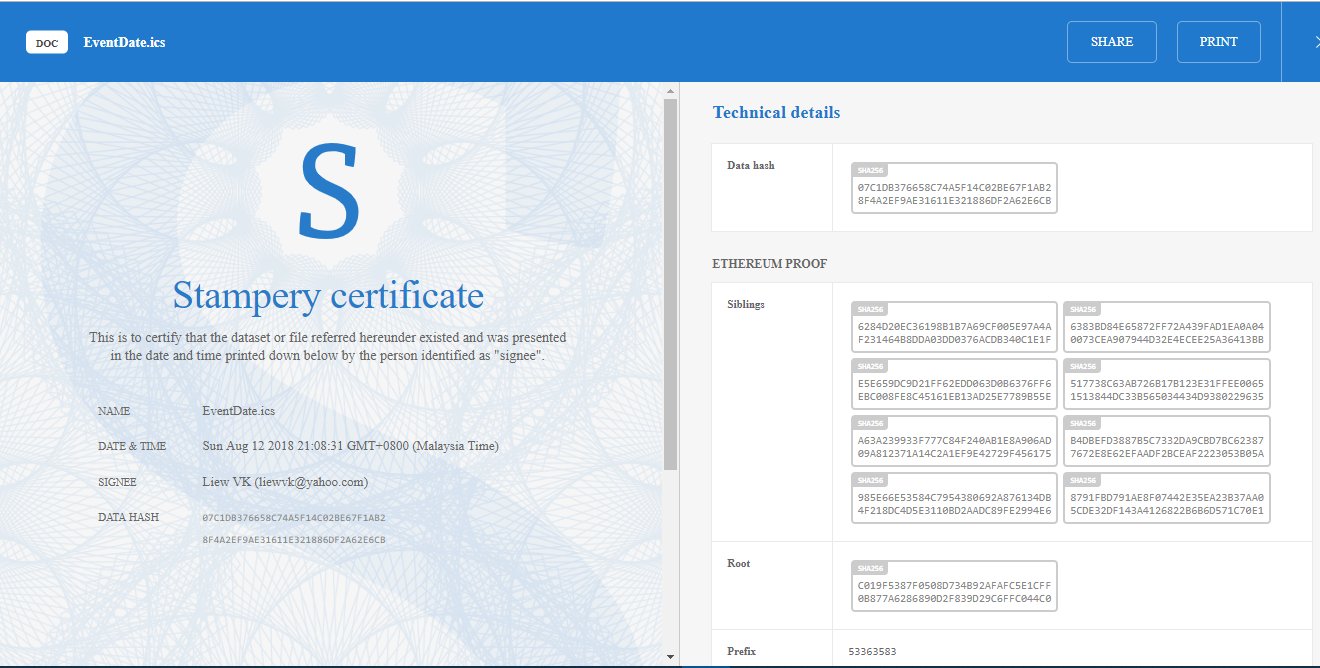What is Tokenization?
Tokenization has become a buzzword today due to its adoption in the payment industry and blockchain. However, Its usage is not limited to the aforementioned industries. It can be applied to many other industries such as healthcare, stock trading, gaming and more.
The primary purpose of tokenization is to ensure data security. It is used for handling sensitive data such as payment, medical record, personal ID and more.
According to Wikipedia,
“Tokenization, when applied to data security, is the process of substituting a sensitive data element with a non-sensitive equivalent, referred to as a token, that has no extrinsic or exploitable meaning or value. The token is a reference (i.e. identifier) that maps back to the sensitive data through a tokenization system. The mapping from original data to a token uses methods which render tokens infeasible to reverse in the absence of the tokenization system, for example using tokens created from random numbers.
The tokenization system must be secured and validated using security best practices applicable to sensitive data protection, secure storage, audit, authentication
In short, Tokenization is the process of substituting sensitive data with non-sensitive identification symbols known as tokens. Tokenization retains all the essential information of the data without compromising its security.
A Short History
According to Wikipedia, the concept of tokenization has existed since the invention of the currency system centuries ago. It was adopted as a means to reduce risk in handling financial instruments by replacing them with surrogate equivalents.
In addition, coin tokens have a long history of use replacing the financial instrument of minted coins and banknotes. In more recent history, tokens are used in mass rapid transit payment, casino chips and more. The adoption of the above systems is to replace physical currency and cash for reducing risks such as theft.
In the digital world, tokenization techniques have been used since the 1970s. They were meant to isolate real data elements from exposure to other data systems(Wikipedia, 2018). In databases, surrogate key values have been used since 1976 to isolate data associated with the internal mechanisms of databases and their external equivalents for a variety of uses in data processing.
More recently, these concepts have been extended to consider this isolation tactic to provide a security mechanism for the purposes of data protection. For example, in the payment card industry, tokenization is one means of protecting sensitive cardholder data in order to comply with industry standards and government regulations.
Definition in Blockchain
In blockchain, tokenization is a method that converts rights to an asset into a digital token. Thus, we can take an asset, tokenize it and create its digital representation that lives on Blockchain. Blockchain guarantees that the ownership information is immutable. The tokens created in this way is also known as crypto tokens.
For example, you can tokenize an asset such as a book that you authored. The book is kept somewhere while the book token is uploaded to the blockchain network. The book crypto token is a representation of the book ownership. You can specify how many tokens need to be transferred to your crypto wallet before you can transfer the book ownership to a buyer by means of a smart contract.
One of the actual use

Cryptokitties is a brilliant example of
Another use case is we can create a crypto token that represents some customer loyalty points on a blockchain. This type of token is also known as utility token. It can be used to manage customers’ reward schemes for the retail chains. Other examples include the crypto token that gives entitlement to the token holder to view certain hours of video streaming on a video-sharing blockchain. A house owner can sell his house by transferring the tokenized house deed to the buyer. Last but not least, a crypto token may even represent another cryptocurrency.